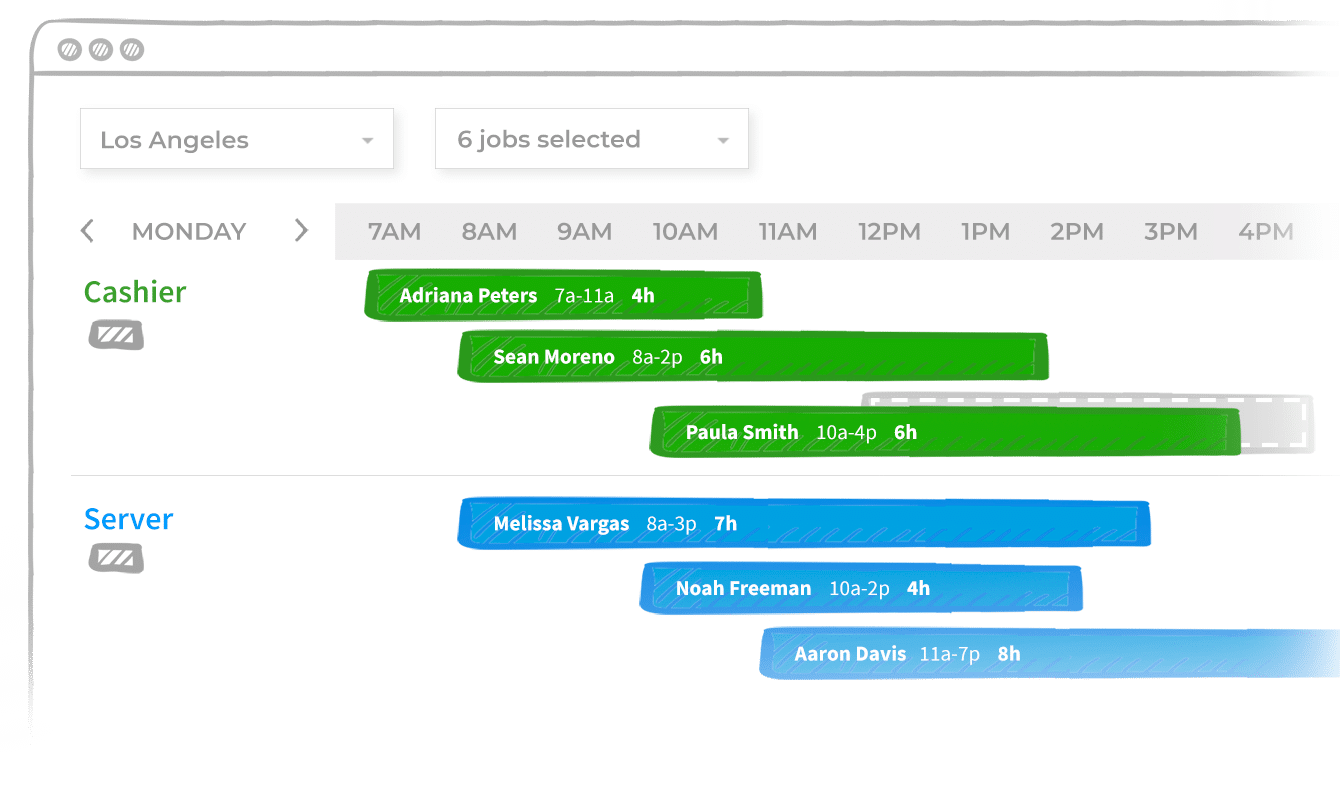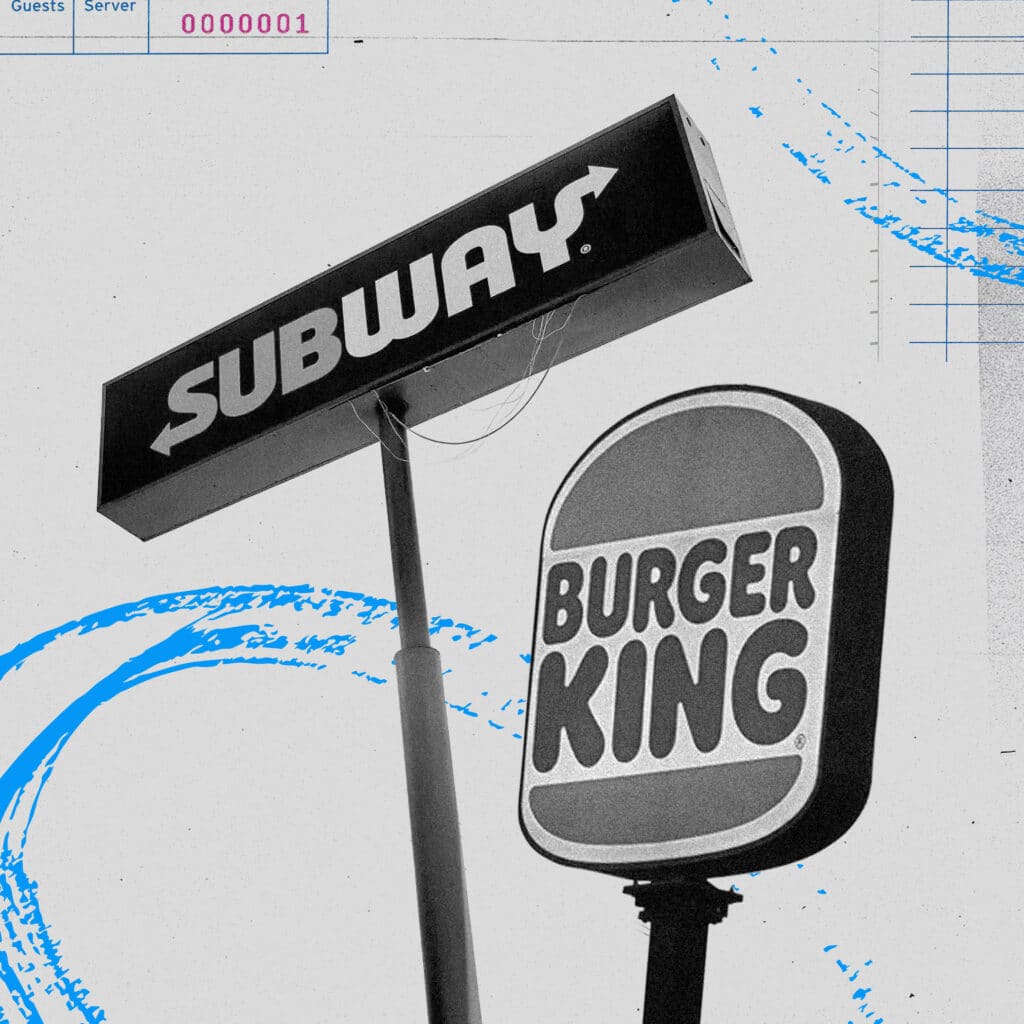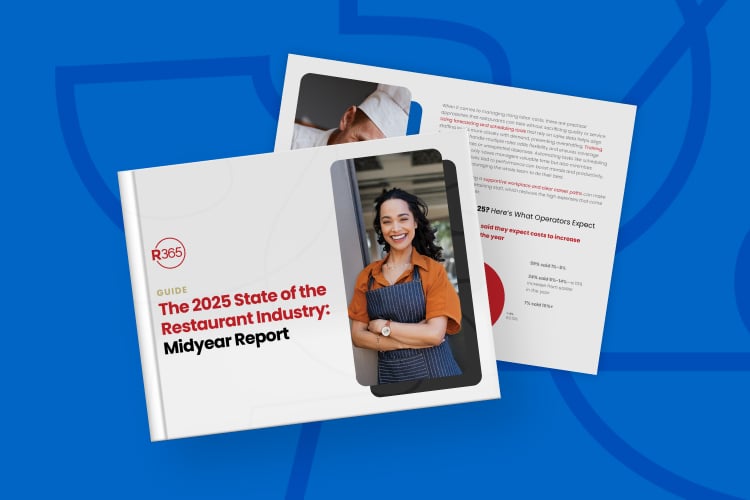What is restaurant staffing software?
Restaurant staffing software is a tool that automates and streamlines scheduling and HR processes. It contains numerous tools to help operators determine the right number of employees needed, assign shifts based on availability, resolve schedule conflicts, deal with last minute changes, maintain compliancy, and more.
If you’d like to know more about solving the challenges of restaurant payroll, download the free guide: Ultimate Guide to Payroll for Restaurant Operators.
What are the benefits of using restaurant staffing software?
Improved efficiency: Restaurant staffing software improves productivity and modernizes the employee lifecycle by eliminating manual busy work and repetitive tasks.
Increased accuracy: Restaurant staffing software removes the guess work by ensuring that operators are scheduling correctly based on historic sales and labor data.
Increased profitability: By streamlining the HR and payroll processes, restaurant staffing software helps restaurants save on time and resources, leading to increased profitability. Helpful reports such as actual versus scheduled labor, sales per labor hour, labor as a percentage of sales, labor cost per staff role, and more can boost margins and drive profitability.
Enhanced communication: Restaurant staffing software helps managers communicate with staff more effectively, providing real-time alerts on schedule updates. Employees can review, accept, change, and make requests directly from their mobile device.
Improved employee retention: Restaurant staffing software promotes workforce autonomy by making employees productive team members. Providing a mobile app that makes it easy to swap shifts and request changes helps create a healthy work/life balance.
How to choose restaurant staffing software
It can be difficult to choose which restaurant staffing software best fits your business, but whatever your system looks like, there are certain payroll challenges it should address. These are the top 8 features you should look for in a quality staffing software.
Includes payroll best practices
To correctly run payroll, accurate record keeping is a must. When it comes to labor, not only are you required to comply with payroll regulations, but you must also document your compliance. You must track everything from overtime hours to shift changes and time off, to avoid costly noncompliance mistakes. A restaurant-specific system with built-in integrations can help you track the data specifically required for restaurants, such as tip income reports.
Correctly classifies workers
Misclassifying an employee as an independent contractor can be an easy mistake to make on payroll, but the penalty as a violation of the FLSA can be steep. Your payroll solution should allow for clear classifications and appropriate recordkeeping to document the job duties and relationship with a worker.
Meets Affordable Care Act (ACA) reporting obligations
Compliance is especially tricky for restaurants, which typically employ full-time employees, variable hour employees and seasonal or temporary employees. Calculating who is full time under ACA rules alone requires a strong data-tracking system to keep up with shifting restaurant schedules. Many restaurants store data from HR, payroll, schedules and attendance, and health benefits in separate systems, which means the data must be extracted, aggregated, and consolidated for IRS reporting. However, integrated payroll, HR, and scheduling systems allow for streamlined reporting capabilities and can help you meet reporting obligations.
Tracks and document tip records and tip credits
Documenting compliance with the regulations surrounding tip-earning employees requires extensive recordkeeping. Restaurants need to track metrics like the employees’ tips weekly or monthly, the amount of tip credits for each employee per pay period, and the hours worked as a tipped employee.
Integrates with your existing software
Controlling total restaurant labor costs relies on closely monitoring the relationship between your labor and your sales. You can adjust labor in near real time based on how the day is unfolding by aggregating sales data from your POS. Also, look for a payroll software that can directly pull data into your accounting system, this eliminates human error from manual data transfer.
Tracks performance management
You can also use employee scheduling software as a performance management tool. With it, you’ll be able to track absences, late clock-ins, average check sales, table times, and more.
Automates scheduling changes
Restaurant staffing software make schedules easily accessible via a free mobile app for all stakeholders. Managers post schedules online and employees can switch shifts with co-workers from their phones with final approval by managers. This helps to prevent last-minute staff shortages and no shows while helping to maintain a culture of work/life balance.
Offers Same Day Pay
To stand out as an employer, your restaurant may want to consider processing payroll more often than every two weeks. This new payment option is benefiting both workers and employers. Workers gain immediate payment for their hard work which can greatly reduce stress for those worried about expenses or living paycheck to paycheck. Operators benefit through improved recruitment and retention rates and can also use it as an incentive for workers to pick up extra shifts.
Conclusion
Restaurant staffing can be complex. By automating and streamlining it with restaurant staffing software, you can feel confident that your restaurant is running efficiently while saving time and money.
If you’d like to give your managers the tools they need to save time and maximize performance, consider an all-in-one restaurant management software platform. Restaurant365 incorporates restaurant accounting software, restaurant operations software, inventory management software, payroll + HR software, and scheduling software into a cloud-based platform that’s fully integrated with your POS system, as well as to your food and beverage vendors, and bank.



